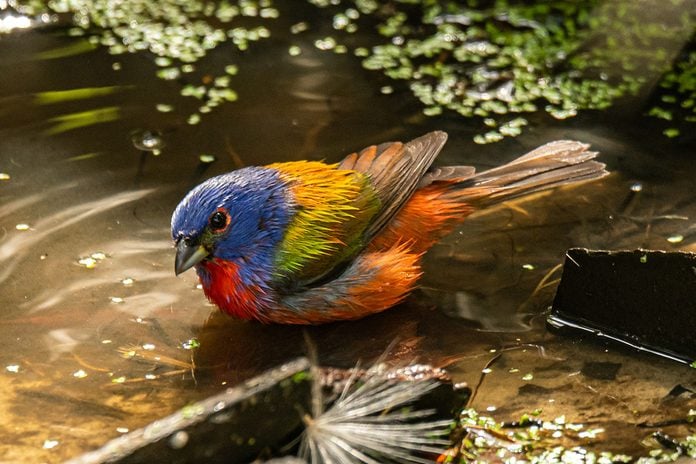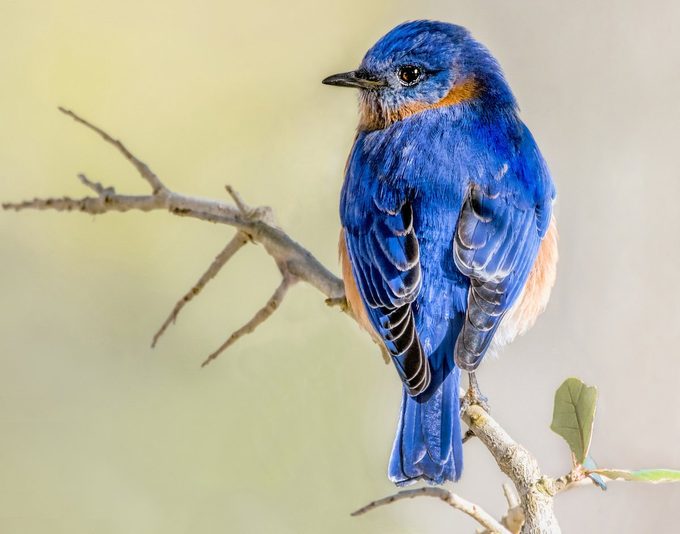Go Birding and Connect With Nature on Little St. Simons Island
Updated: Mar. 26, 2021

From combing the beach for shells to birding, learn all the ways you can enjoy the natural sights on Georgia's Little St. Simons Island.
Just off the gorgeous Georgia coast, Little St. Simons Island has a lot to offer to birders and nature lovers. Here’s what you should do while you’re there.
1. Little St. Simons Island Day Trips
Naturalists are on hand to help you explore part of Little St. Simons Island’s 11,000 acres. Organized by the ecolodge on the island, visitors tour the wetlands, maritime forest and beaches. You may see alligators, armadillos, dolphins and a few of the 300 species of birds that fly through.
Check out the top warbler hotspots to visit in spring.
2. Go Boating on the Water
Guests are welcome to use the lodge’s kayaks to explore its surrounding coastline and inlets. Can’t get enough of southeastern islands? Explore Ding Darling National Wildlife Refuge.
3. Ride a Bike
Land lovers can peddle bikes around Little St. Simons Island and the 7 miles of natural beaches.
4. Comb the Beach for Shells
You can find conch shells, moon snails and sand dollars. Little St. Simon’s Island is a seashell collector’s dream. To keep the island’s habitat pristine and to protect nature, always return shells with living occupants back to the ocean.
To see more birds, go birdwatching in different bird habitats.

5. See More Birds With Binoculars
As part of the Atlantic migratory flyway, you’ll get a close-up view of birds heading north after a long winter. Pack your own binoculars or borrow a high-quality pair from the lodge. Early spring is a fantastic time to see the resident raptors raise their young. Great horned owlets start to fledge in early spring, at the same time bald eagle chicks become much more active and visible. Year-round residents include the wood stork, Wilson’s plover, pileated woodpecker, white-eyed vireo and pine warbler.
